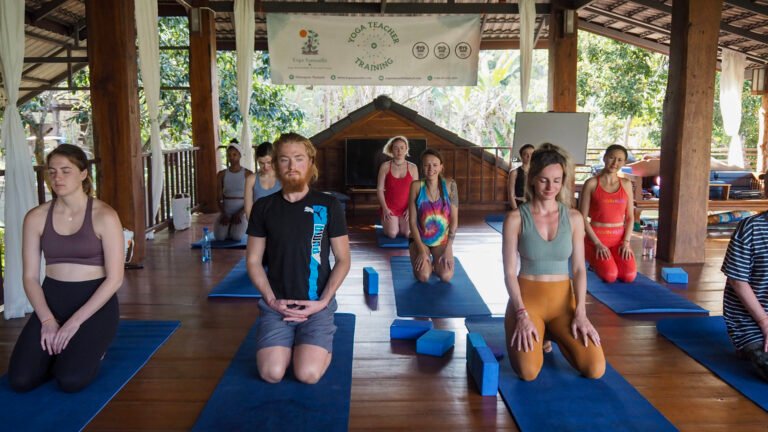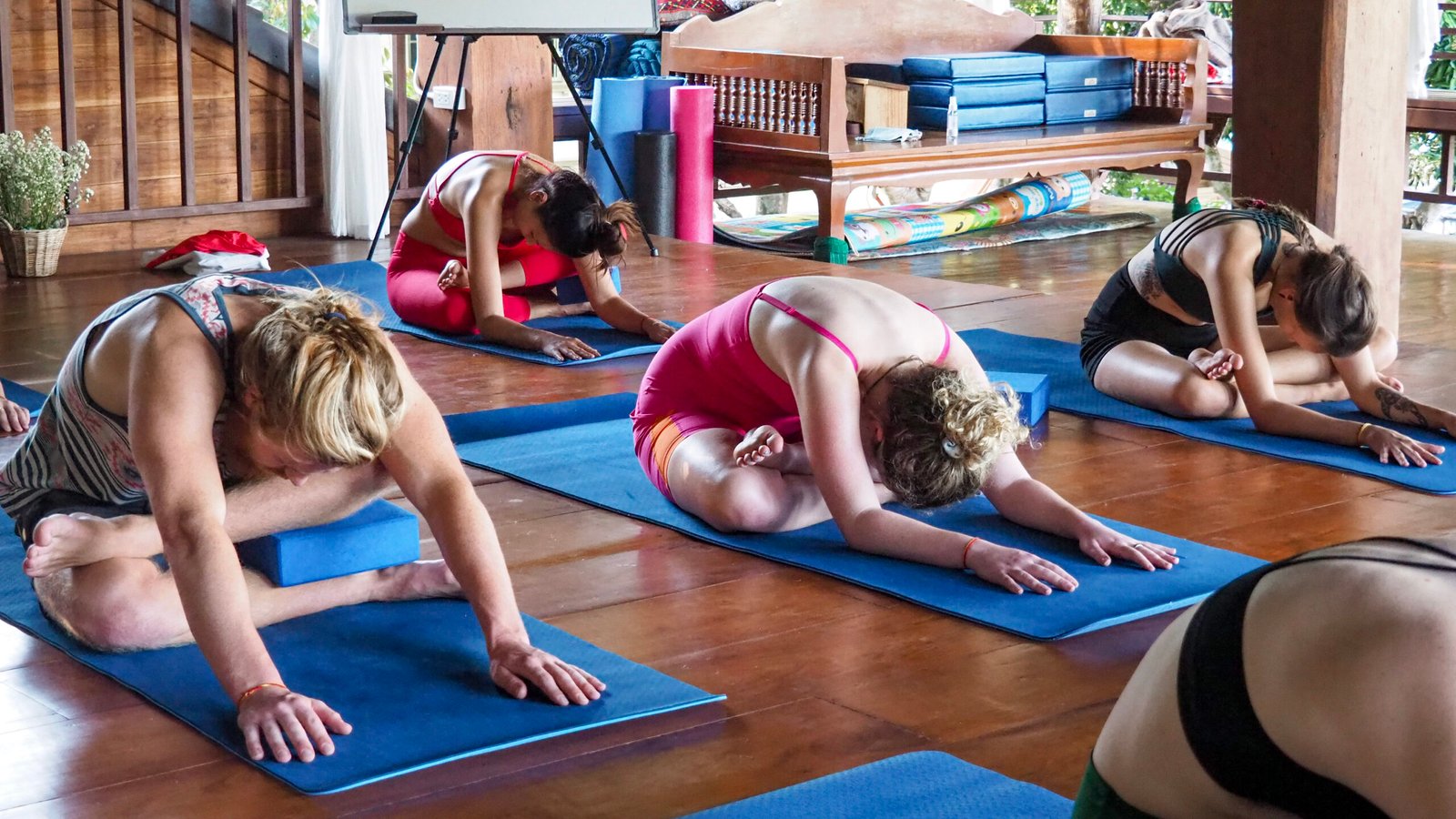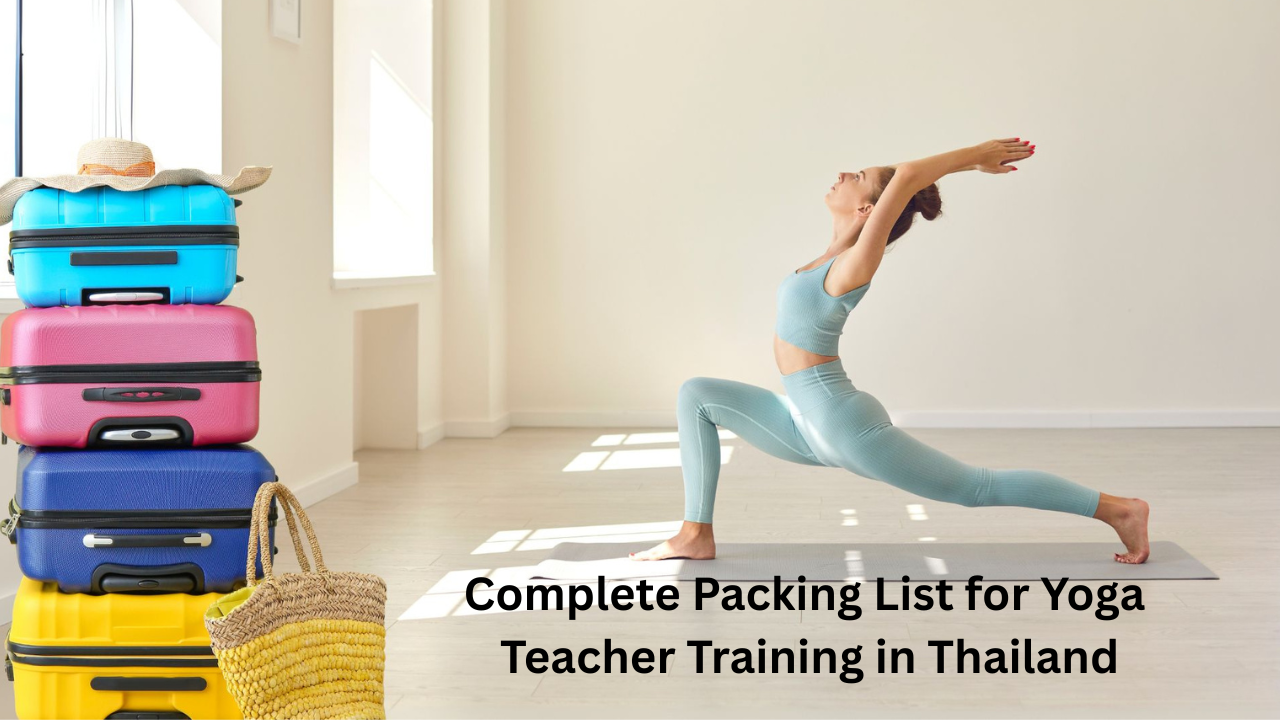Staying fit is important for your mental as well as physical health. If you spend all day tucked away in a desk chair, it can be difficult to manage your personal fitness goals. In this post, I share a list of some of the absolute best yoga poses to practice after sitting all day!
What Stretches Should You Do After Sitting All Day?
When you sit all day, your muscles and joints are stiff. This means that the stretches you should do after sitting all day are different from the stretches you would do if you were active. The following stretches will help to loosen up your muscles and joints, and make them more flexible.
1. Hamstring Stretch
Lie on your back with your feet flat on the floor, legs bent at the knee. Gently pull your heels towards your buttocks while keeping your hips pressed down into the floor. Hold for 30 seconds and repeat two times.
2. Quadriceps Stretch
Lie face down with both knees bent to 90 degrees and heels pulled towards your buttocks. Arms should be by your sides with palms facing down. Push your hips and pelvis up off the floor and hold for 30 seconds.
3. Shoulder Stretch
Stand up with feet shoulder-width apart and hands on hips. Bend forward from the waist until you feel a mild tension in the back of your neck, then slowly return to the starting position. Hold for 30 seconds, then repeat three times.
Inversions
Finding the best yoga poses to practice after sitting all day can be a challenge. However, there are a few inversions that are ideal for improving your posture and relieving tension in your body. Here are five of the best poses to try:
1. Cat-Cow
This inversion is a gentle pose that targets the lower back and hips. It helps to alleviate tension in these areas, as well as the neck and head.
2. Child’s Plank
Another great pose for targeting the lower back and hips, Child’s Plank also stretches the ankles and calves. It can also help to reduce stress levels in the neck and shoulders.
3. Dolphin
This pose is great for stretching the entire spine, including the neck and upper back. It can also improve circulation and help to relieve tension in the shoulders and neck.
4. Hand-To-Big-Toe
This pose is another great way to stretch the entire spine, including the neck and upper back. It also tones the arms, legs, abdomen, buttocks, and thighs.
5. Happy Baby
This inverted variation of Child’s Plank is perfect for those with tight hips , low back pain, and/or scoliosis. It’s also great for relieving stress in the back.
Backbending Poses
The best yoga poses to practice after sitting all day are backward bending poses. This is because they help to stretch the spine and relieve tension in the lower back. Backbends also improve your balance and coordination, which can help you avoid falls. The following poses are some of the best ones to do after sitting all day:
1. Child’s pose
This pose is gentle on the hamstrings, calves, and thighs, and it is a great way to relax the body and clear your mind. To do it, lie down on your back with your feet flat on the floor, shoulder-width apart. Bend your knees and pull your shoulder blades down and back. Hold for 10 to 15 seconds before slowly coming up.

2. Cat/Cow pose
This pose helps to stretch the hip flexors, quadriceps, abs, and spine. To do it, lie down flat on your back with both legs bent at the knee so that your heels are hanging off the edge of the bed or bench.

3. Downward Dog
Sitting all day can lead to tension and pain in the lower back. Downward dog is a great pose to relieve this tension and promote good back health. Other great poses to practice after sitting all day are the cat pose and the cow pose.
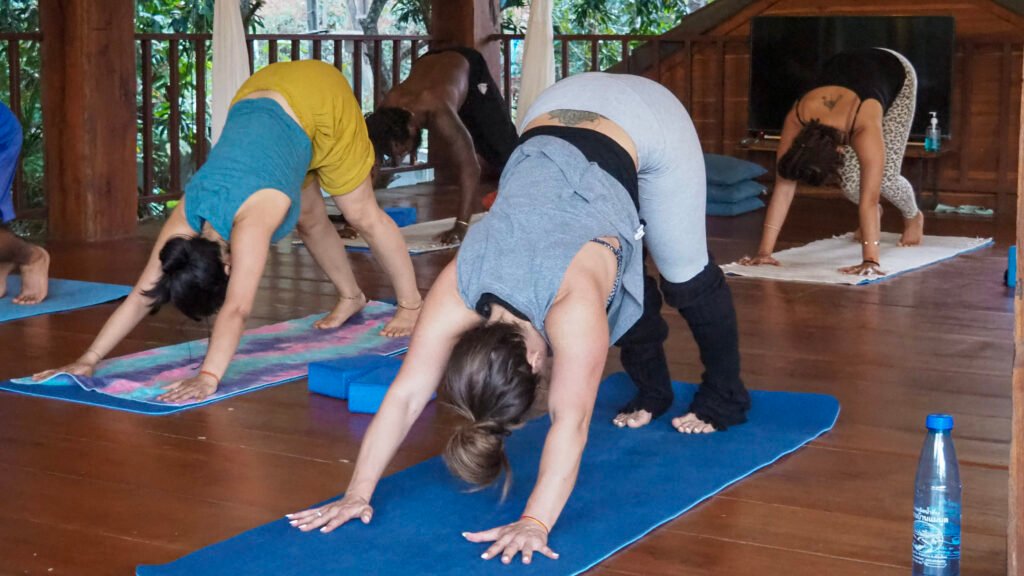
Standing Poses
If you’ve been sitting all day, it’s time to buck up and get moving with some of the best yoga poses for standing.
1. Warrior I
Start in plank position with your hands on the floor directly under your shoulders and your feet hip-width apart. Drive your heels into the ground, lift your torso up, and extend your arms straight out in front of you. Hold for 30 seconds, then repeat on the other side.

2. Triangle pose:
From Warrior I, step one foot back so that your heel is resting next to your opposite ankle and your front knee is bent to 90 degrees. Reach behind you with your left hand and hold onto the ankle of your right leg, then lift that leg up towards the sky so that it’s parallel to the ground. Reach out through the triangle pose with your right hand, then switch legs and repeat. Hold for 30 seconds, then switch sides.

Seated Forward Fold:
Start on all fours with your knees under your hips, then allow your fingers to rest lightly on the ground behind you. Hold onto toes or a chair while keeping thighs pressed together, then lift torso up into a Forward Fold position with arms straight out in front of you (or with an arm draped over a chair’s back). Allow shoulders to relax away from ears as you fold over from the hips. Hold for 30 seconds before switching sides.
Twist Pose (Utkatasana)
The twist pose is a great pose to practice after sitting all day. It helps to stretch out your back and hips, and it can also help relieve tension in your neck and shoulders. To do the twist pose, sit down with your legs crossed in front of you, resting your hands on your thighs. Fold forward until you are sitting on your heels, then press your palms into the floor and lift your chest up towards the sky. Hold this position for a few seconds, then slowly release all of the tension in your body and sit back down on the floor.
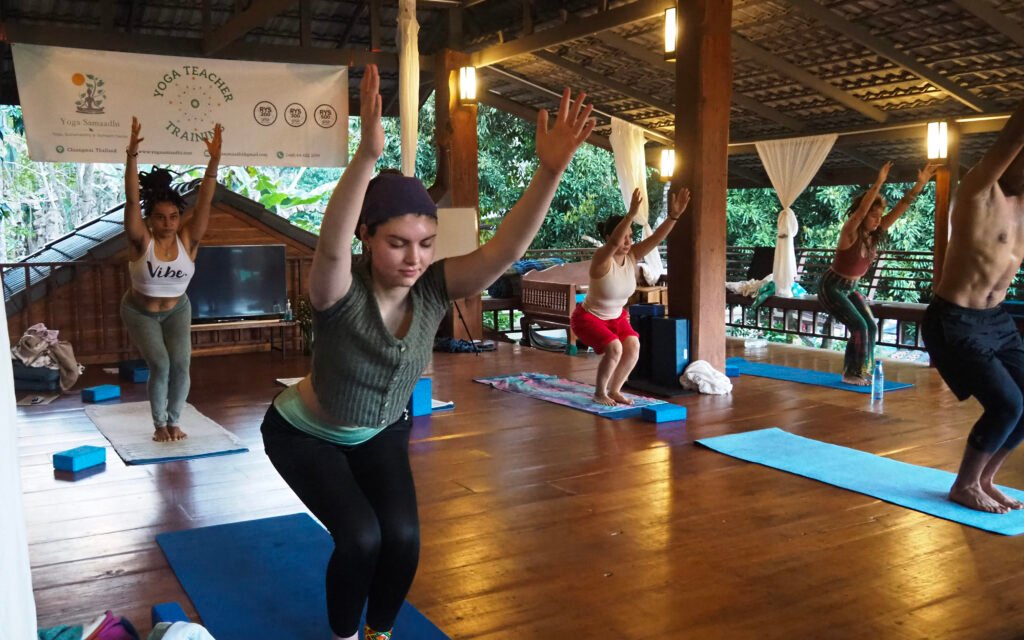
Seated Twists
Sitting for long periods of time can cause tightness and tension in the neck, shoulders, and upper back. To counteract these effects, try some of the following yoga poses after sitting all day.
1. Seated Twist: This pose is recommended for people who have been sitting for a long time. Sit with your spine straight, lean your torso to the side, and place your hands on your lap. Twist your torso to the other side, and hold for 30 seconds. Repeat on the opposite side.
2. Camel: This pose is also good for people who have been sitting for a long time. Lie down on your back with both legs bent at the knee and feet flat on the ground. Place palms flat on the floor next to each other, and press into them to lift your hips and chest off the floor. Hold for 10-15 seconds before lowering back down.
Conclusion
If you’ve been sitting all day at your desk, it’s time to break out the yoga! Yoga is a great way to relax and de-stress, and some of the poses are especially good for relieving tension in the lower back after sitting for long periods of time. Here are five poses that you can do after sitting all day.

